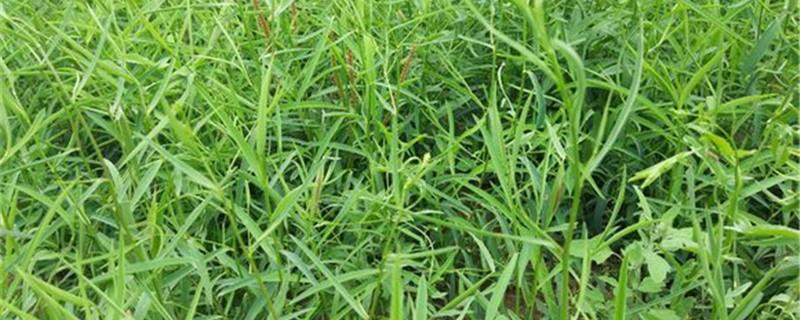Bupleurum cultivation methods and precautions
Last Update :2024.05.02
Article Catalog
Soil: Suitable for planting in loose, breathable, well-drained loam, sandy loam, and gentle slopes. Rake several times before planting. Moisture: Bupleurum likes to grow in a humid environment, but drainage must be done in time before the rainy season. Fertilization: Fertilizer should be applied when thinning, setting seedlings and when the seedlings grow to 30-40 cm. Organic potassium fertilizer can be used for separate potassium fertilizer application. Light: Seedlings cannot see direct light and must have good light after maturity.

1. Soil
1. Soil
According to Bupleurum's drought-tolerant and flood-resistant characteristics, when selecting soil, it is advisable to choose loam, sandy loam or gentle slopes with deep soil layers, loose and breathable soil, and good drainage. Before planting, it must be raked multiple times, and 30,000 kg/ha of decomposed manure must be applied as base fertilizer.
2. Moisture
Bupleurum likes to grow in a moist soil environment, but it is most afraid of water logging in the ground. Before the rainy season, the furrows should be cleaned in time to ensure smooth drainage and reduce the occurrence of field diseases, so that plants can grow healthily.
3. Fertilization
The first fertilization of Bupleurum is done in combination with cultivating during the first thinning, the second fertilizing is done in combination with cultivating during seedling establishment, and the third fertilizing is done in Planting is carried out when the seedlings are 30-40 cm tall. To supplement potassium fertilizer alone, organic potassium fertilizer can be sprayed on the leaves, and 30,000 kg/ha of decomposed manure can be applied as base fertilizer.
4. Light
When it is in the seedling state, it cannot be exposed to direct light and must be shaded. After it matures, there should be enough sunshine, and a sunny environment will be more conducive to its growth. Under normal circumstances, it can grow well as long as the maintenance environment is not shaded.
2. Moisture
3. Fertilization
4. Lighting
- END -
Is Phalaenopsis an orchid? Is Phalaenopsis a perennial plant?

It is a type of orchid, belonging to the genus Phalaenopsis of the Orchidaceae fam...
Secrets of Mimosa, Pictures of Mimosa

There is an organ called leaf pillow at the bottom of the petiole of Mimosa pudica...